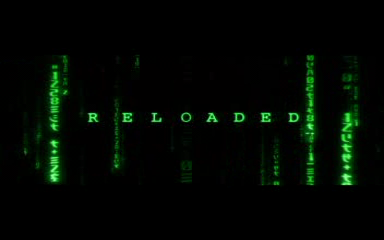This movie must be classed as one of the worst movies ever. What is it that has attracted overwhelmingly scathing reception? Well, it is a B-movie: there are so many unknown "actors", several clips from the video game series, and revolving camera shots of varying speeds. With unknown actors, there is incoherent or inane dialogue, poor excuse for acting, unintentional humor, and a case of shoddy delivery. That is the characteristic of an Uwe Boll movie.
So because of these abundant flaws, there is no point of explaining the plot. With a small budget comes a pathetic script and lazy writing. The only consolation is abundant shots of topless females, which I think was intended to distract the (male) viewers.
Speaking of distractions, when several shots from the video game flash midway in this movie, it is a slap in the face because you are showing that you have butchered a popular source material with your movie, and got away with it. Imagine if Street Fighter (1994) had adopted this foolish approach. The reception would have been much worse than it was because you are just boasting how you the director have deviated from the source and still claim to have been faithful to the source. This is a fatal course of action that has attracted retribution.
There are plentiful shots where somebody feels as though they are on a carousel. I mean it is dizzy enough looking from the seat, but it must have been dangerous for the one harnessing the camera. They make the characters look like an exhibition in a museum.
This piece of excrement is something to uphold as Uwe Boll's crime against the video game industry. There is so much this movie has to offer to critics that just want to thrash this train wreck. If you love to thrash him, watch this crud!

.png)
.png)
.png)
.png)
.png)
.png)
.png)
.png)
.png)
.png)
.png)
.png)
.png)
.png)
.png)

.png)

.png)
.png)

.png)
.png)
.png)
.png)
.png)
.png)
.png)
.png)
.png)

.png)


.png)
.png)
.png)
.png)
.png)
.png)
.png)
.png)
.png)
.png)
.png)
.png)
.png)
.png)
.png)